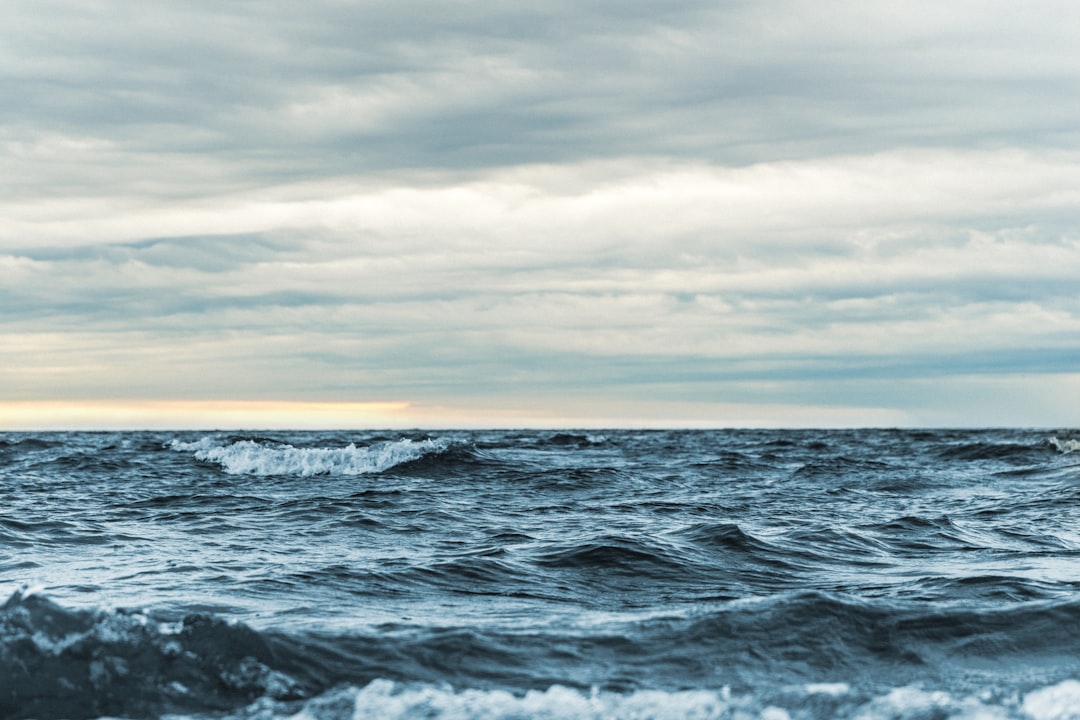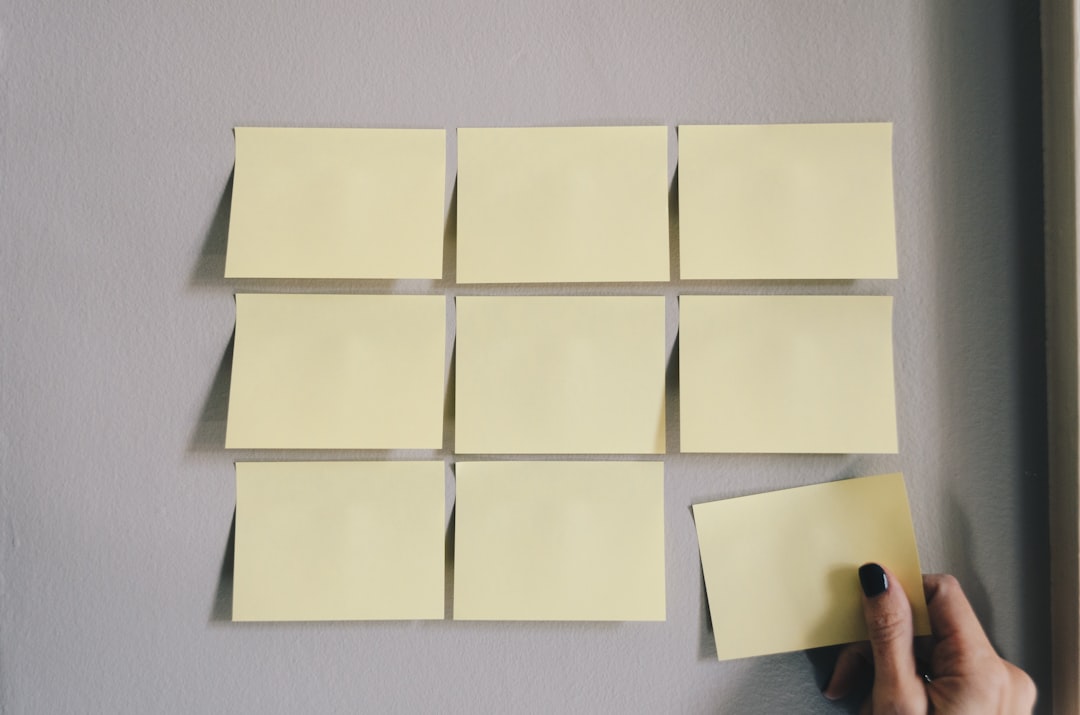Project

Breakwaters are the main port and coastal infrastructure, both for their functionality, as for their cost, design complexity and socio-economic and environmental impacts. Its main function, the protection of goods and services, will be even more important in the coming years due to coastal regression and sea level rise; Its correct design, construction, maintenance and dismantling will be demands of both existing guidelines and regulations, as well as of society and its managers. According to the most advanced technical guidelines, among which the Spanish Maritime Works Recommendations (ROMs) stand out, to whose development the team requesting the project has contributed significantly, the breakwaters must be designed and projected under a dual optimization system: technical-economic of the work subject to safety and operability requirements, and economic-financial investment subject to a sensitivity analysis and an acceptable level of risk. To meet this requirement, it is necessary to analyze and design the work as a set, a vision that is not currently available since each mode of failure of the work is studied independently.
This project represents an ambitious advance in the current state of knowledge and technological development by proposing a new design methodology of breakwaters, that incorporates the evolution of damage and repair strategies with cost analysis in the technical- economic design model of breakwaters. The conceptual model will be based on physical and numerical experimentation, for which it will be necessary to develop a new type of generalized joint dimensional analysis based on the traditional Buckingham Pi theorem. From the sample space extracted from the dimensional analysis, combined equations for the energy flux (reflection, transmission, dissipation), mass (run-up, run-down,) and momentum (stability) will be developed. The temporal evolution of the work will be analyzed by generalizing the damage evolution model, which will allow to establish formulations with common parameters that enable the optimization of the work based on the total cost variable, thus responding to the demands of the ROM1.1-18.
This development will be the basis for the final result of this project: the implementation of a methodology for the design, construction and maintenance of the main section of the breakwaters in each of its project phases that allows to optimize the total cost of the project and select the most efficient alternative. The extensive experience of the research group in transferring results to entities and companies, as well as its extensive relationship with “Puertos del Estado” through the “Programa ROM”, will guarantee the technological transfer and social impact derived from this project.
GENERAL OBJECTIVE
The general objective of this proposal is the generation of the necessary knowledge to develop the practical application of the conceptual model of maritime works design integrating damage evolution as proposed in ROM1.1-18. This will include an overall vision of the breakwater subset considering concomitant/dependent failure modes and will involve an optimization on the total costs of the breakwater following the requirements of ROM1.1- 18.
SPECIFIC OBJECTIVES
S.O.1. Propose a new global dimensional analysis for assessing all breakwater failure modes in the same way, based on Buckingham’s Pi-Theorem. Test and apply this new dimensional analysis procedure to the design of experiments for rubble mound breakwaters.
S.O.2. Collate the dependence of wave energy transformation processes (reflection, transmission, and bulk dissipation rate) on the mound breakwater with traditional and modified Iribarren numbers. Build new knowledge about breakwater performance regarding energy, mass and momentum fluxes.
S.O.3. Analyse the variability of the results and identify which part is intrinsic to the physical processes, and which comes from the lack of knowledge or the data acquisition procedures.
S.O.4. Analyse local dissipation term and quantify the influence of the main armour unit type and size on the fluxes of mass (run-up, run-down), momentum (stability number) and energy.
S.O.5. Implement global methodologies for design, verification, and optimization of a mound breakwater, in the light of different damage levels and repair strategies taking into account the total costs of the infrastructure.
S.O.6. Dissemination and transfer of results by means of production of open source manuals and codes and scientific publications.
Work Plan

TASK 1. Development of global dimensional analysis – generalized Buckingham’s Pi- theorem
Review of current dimensional analysis applied to failure modes on breakwaters, based on Buckingham’s Pi-theorem. Generalization of the theorem to find dimensionless quantities of all the involved variables taking into account the hydraulic performance of breakwaters and the concomitance of failure modes.
Milestones
· Milestone 1.1. Review of dimensional analysis of main failure modes of breakwaters, identification of the sets of independent variables and dimensionless dependent quantities used on each case.
· Milestone 1.2. Development and description of generalized Buckingham’s theorem.
· Milestone 1.3. Application to experimental data: optimization of test runs and repeatability.
TASK 2. Analysis of dependence of wave energy transformation processes
Re-analysis of former experimental tests to check the dependence of reflection, transmission and dissipation coefficients on Iribarren number, scattering parameter (Vílchez et al, 2016a) and modified Iribarren number (Clavero et al, 2018). Compare the variability of results. Apply the results of Task 1 to search for new dimensionless variables based on dimensional analysis and check its dependence with energy coefficients.
Milestones
• Milestone 2.1. Creation of a database of former experimental tests from GDFA and other researchers.
• Milestone 2.2. Analysis of the data applying the separation method of Baquerizo (1995) to obtain reflection, transmission and dissipation coefficients.
• Milestone 2.3. Proposal of new dimensionless variables based on generalized dimensional analysis.
• Milestone 2.4. Evaluation of variability of the results, providing the causes of intrinsic variability.
TASK 3. Development, implementation and performance of tests over breakwaters
Development of an experimental design based on the results provided by Task 1. Performance of experimental and numerical tests of different breakwater types. Evaluation of structural and hydrodynamical response of breakwaters depending on the new dimensionless variables obtained on Task 2.
Milestones
• Milestone 3.1. Experimental design based on the sample space from dimensional analysis.
• Milestone 3.2. Performance of tests on the wave flume of IISTA-UGR. Different typologies of mound breakwaters will be tested: (1) double-layer rock armoured main layer (2 sizes), (2) double-layer cube armoured main layer. All the failure modes will be measured in each test, reaching destruction. Different sea states will be generated in the flume, in order to evaluate the failure evolution depending on the increase of wave energy. At least 5 different initial sea states will be considered. 8 days per each initial sea state-configuration test will be required. Three repetitions will be done. Hence, 360 laboratory flume test days are expected (3 configurations x 5 initial sea states x 8 days x 3 repetitions), equivalent to 18 work months (assuming 253 annual working days). Measured variables and equipment used will be: free surface elevation (wave gauges), overtopping (wave gauges, pressure gauges), flow celerity over and inside the main layer (acoustic velocimeter – to be bought within this project), evolution of damage (3D laser scaner). Although LabGDFA has instruments of laser velocimetry, its use is very time- consuming, so it is expected the acquisition of an acoustic velocimeter that will allow carrying out the proposed tests on the considered timing.
• Milestone 3.3. Filling in of data by means of numerical modelling using IH2VOF (Lara et al, 2008). Numerical modelling will be used to test those sea states that could not be generated in the wave flume due to physical limitations of the lab. Calibration and validation of IH2VOF will be based on the friction coefficient diagram proposed in Vílchez et al (2016b).
• Milestone 3.4. Experimental and numerical data base creation.
TASK 4. Effect of main armour layer characteristics on dissipation and breakwater performance
Analysis of experimental data considering breakwaters with different armour layer unit size (D). Calculate the local dissipation term and quantify the influence of the main armour layer on breakwater performance considering dimensionless quantities to describe all the physical processes simultaneously (from Task 1).
Milestones
• Milestone 4.1. Review of previous research about wave dissipation over main armour layer of mound breakwaters.
• Milestone 4.2. Analysis of flow celerity over and inside the main layer and calculation of local balance of turbulent kinetic energy (TKE) depending on unit type and size (dimensionless parameter H/D).
• Milestone 4.3. Calculation of local dissipation depending on unit type and size and the main layer thickness, analysis of relation with TKE. Relation to wave breaking types.
• Milestone 4.4. Dependence of run-up, run-down and stability number on TKE balance and local dissipation.
TASK 5. Extension of cumulative damage model
Adaptation of current model of evolution of damage (Castillo et al, 2012) to all the physical processes simultaneously, establishing mutual parameters, validating the proposed model with experimental data from Task 3.
Milestones
• Milestone 5.1. Review of previous existing cumulative damage mathematical models, in addition to the model proposed by Castillo et al (2012).
• Milestone 5.2. Developing of a generalized model of damage evolution, based on Castillo et al (2012), considering dimensionless quantities to describe all the physical processes simultaneously (from Task 1).
• Milestone 5.3. Analysis of evolution of damage measured in Task 3. Test and validation of generalized cumulative damage model.
TASK 6. Application of ROM1.1-18 design method for total costs calculation
Proposal of a working method and its specifications for the design of a breakwater section
type following ROM1.1-18 requirements, including the optimization of total costs.
Milestones
• Milestone 6.1. Storm simulation and evolution in time of dimensionless quantities considered in Task 1. Evolution in time of fluxes of energy, mass and momentum (stability and evolution of damage).
• Milestone 6.3. Optimization (minimum total cost) of the project in its useful life by means of the generalized method of evolution of damage and storm simulation.
• Milestone 6.4. Proposal of a methodology for breakwater design under (1) sea-state conditions, (2) storm conditions, (3) during its useful life, considering concomitant failure modes.
TASK 7. Dissemination and exploitation of the results
Dissemination will be a continuous activity during all the project, beginning with the creation of a platform for sharing information, experimental data and documents between participants. Relevant results will be published on specialized journals of high impact and on international conferences.
Milestones
• Milestone 7.1. Creation of a platform for sharing information between participants.
• Milestone 7.2. Creation of a web page including the main aspects of the project
• (objectives, methodology, tasks), that will be updated during it development.
• Milestone 7.3. Development of a data base with experimental data collected in Task 2 and obtained in Task 3, that will be made available to scientific and engineers.
• Milestone 7.4. Elaboration of manuals and codes about methodology and tools implemented. It is also expected to organise courses to entities and companies.
• Milestone 7.5. Scientific dissemination. Publication of papers in journals included in “Science Citation Index”, presentation in national and international conferences, developing of PhD Thesis and short seminars and workshops in the context of Interuniversity Doctoral Program in “Dynamics of Environmental Flows and their Applications”.
Staff

Research team:
Prof. Miguel Ortega Sánchez, IP1
Prof. María Clavero Gilabert, IP2
Prof. Antonio Moñino Ferrando
Work team:
Prof. Miguel Angel Losada Rodríguez
Prof. Sandro longo
Prof. M. Graça Neves
PhD. Pedro Magaña Redondo
PhD. Pilar Díaz Carrasco
PhD. M. Victoria Moragues Gómez
MsC. Miguel Santamaría Cervantes
MsC. Marta Aragón Ramírez
Ing. Fanny Baena Ramírez
Ing. J. Damián Maldonado López
Results

Journal papers:
Addona, F., Chiapponi, L., Clavero, M., Losada, M.A., Longo, S. (2020). On the interaction between partially-reflected waves and opposing wind. Coastal Engineering, 162, 103774, Impact: 4,830 (16/37 - Q1, T1 - Civil Engineering) JCR 2020 doi: 10.1016/j.coastaleng.2020.103774.
Oliveira, J.N.C, Oliveira, F.S.B.F., Neves, M.G., Clavero, M, Trigo-Teixeira, A.A. (2020). Modeling Wave Overtopping on a Seawall with XBeach, IH2VOF, and Mase Formulas. Water, 12, 2526, Impact: 3,103 (39/98 – Q2, T2 – Water Resources) JCR 2020, doi:10.3390/w12092526
Losada, M. A. (2021). Method to assess the interplay of slope, relative water depth, wave steepness, and sea state persistence in the progression of damage to the rock layer over impermeable dikes. Ocean Engineering, 239, 109904, Impact: 4,372 (3/16 - Q1, T1 - Marine Engineering) JCR 2021, doi: 10.1016/j.oceaneng.2021.109904
Neves, M.G., Didier, E., Brito, M, Clavero, M (2021). Numerical and Physical Modelling of Wave Overtopping on a Smooth Impermeable Dike with Promenade under Strong Incident Waves. Journal of Marine Science and Engineering, 9, 865, Impact: 2,774 (4/16 - Q1, T1 - Marine Engineering) JCR 2021, doi: 10.3390/jmse9080865
Díaz-Carrasco, P, Eldrup, M. R., Andersen, T. L. (2021). Advance in wave reflection for rubble mound breakwaters: the importance of the relative water depth. Coastal Engineering, 168, 103921, Impact: 5,427 (2/16 - Q1, T1 - Ocean Engineering) JCR 2021, doi: https://doi.org/10.1016/j.coastaleng.2021.103921
De-Rosal-Salido, J., Folgueras, P., Bermúdez, M., Ortega-Sánchez, M., Losada, M.A. (2021). Flood management challenges in transitional environments: Assessing the effects of sea-level rise on compound flooding in the 21st century. Coastal Engineering, 167, 103872, Impact: 5,427 (2/16 - Q1, T1 - Ocean Engineering) JCR 2021, doi: 10.1016/j.coastaleng.2021.103872
Moragues, M.V., Losada, M.A. (2021). Progression of Wave Breaker Types on a Plane Impermeable Slope, Depending on Experimental Design. Journal of Geophysical Research-Oceans, 126, e2021JC017211, Impact: 3,938 (12/66 - Q1, T1 - Oceanography) JCR 2021, doi: 10.1029/2021JC017211
Losada, M. A., Díaz-Carrasco, P., & Clavero, M. (2022). Do Rock Design Formulas Based on Wave Flume Experiments Reliably Model Their Performance at Sea?. Journal of Marine Science and Engineering, 10(4), 487. Impact: 2,900 (4/16 - Q1, T1 - Marine Engineering) JCR 2022, doi: https://doi.org/10.3390/atmos12060658
Clavero, M. & Gómez-Martín, E. (2023). Breakwater Behavior. Editorial. En: Special Issue. Journal of Marine Science and Engineering.11(2), 243 Impact: 2,900 (4/16 - Q1, T1 - Marine Engineering) JCR 2022, doi: https://doi.org/10.3390/jmse11020243
Clavero, M., Chiapponi, L., Longo, S. & Losada, M.A. (2023). Laboratory tests on wind-wave generation, interaction and breaking processes. En: Springer Tracts in Civil Engineering, pp. 259–281
Santamaría, M., Losada, M. A. & Clavero, M. (2023). Run-up and run-down regimes on impermeable and steep slopes. Ocean Engineering, 2023, 290, 116317. Impact: 5,000 (2/16 - Q1, T1 – Marine Engineering) JCR 2022 doi: https://doi.org/10.1016/j.oceaneng.2023.116317
Conference papers:
Santamaría, M., Baena, F., Molina-Salas, A., Moñino, A., Clavero, M., Losada, M. A. (2023). Scale effects in runup and rundown in a wave flume. 40th IAHR World Congress.
Aragón, M., Martín-Llanes, G., Zarzuelo, C., López-Ruiz, A., Ortega-Sánchez, M. (2023). Wave schematization for coastal morphodynamics: the role of wave chronology. 40th IAHR World Congress.
Santamaría, M., Clavero, M., Losada, M. A. (2022). Progression of mean damage on a mound breakwater in its service life. 37th International conference on Coastal Engineering
Santamaría, M., Clavero, M., Losada, M. A. (2022). Revisión de las fórmulas de remonte y descenso por un talud. XVI Jornadas Españolas de Ingeniería de Costas y Puertos
Díaz-Carrasco, P., Clavero, M., Losada, M. A. (2022). Reflexión, disipación y transmisión en diques en talud. Condicionantes del método experimental. XVI Jornadas Españolas de Ingeniería de Costas y Puertos
Clavero, M., Díaz-Carrasco, P., Losada, M. A. (2022). Progresión del daño de diques en talud. Crítica de la fórmula de Van der Meer. XVI Jornadas Españolas de Ingeniería de Costas y Puertos
Clavero, M. (2022). Recent developments in wave energy transformation, flow characteristics and stability in mound breakwaters. XVI Workshop Annuale GNRAC
Santamaría, M., Díaz-Carrasco, P., Moragues, M. V., Clavero, M., Losada, M. A. (2022). Uncertainties of the actual engineering formulas for coastal protection slopes. The dimensional analysis and experimental method. 39th IAHR World Conference
Moragues, MV., Clavero, M., Díaz-Carrasco, P., Losada, M. (2020). Bulk dissipation and flow characteristics in cube armored breakwaters. Virtual Conference on Coastal Engineering.
Doctoral thesis:
Juan Del-Rosal Salido. Global warming impact on transitional coastal environments: a methodology for knowledge-based management and decision making. Supervisor: Miguel Ortega Sánchez
María Victoria Moragues Gómez. Analysis of the behavior of impermeable and permeable breakwaters. Supervisor: María Clavero Gilabert
Contact


